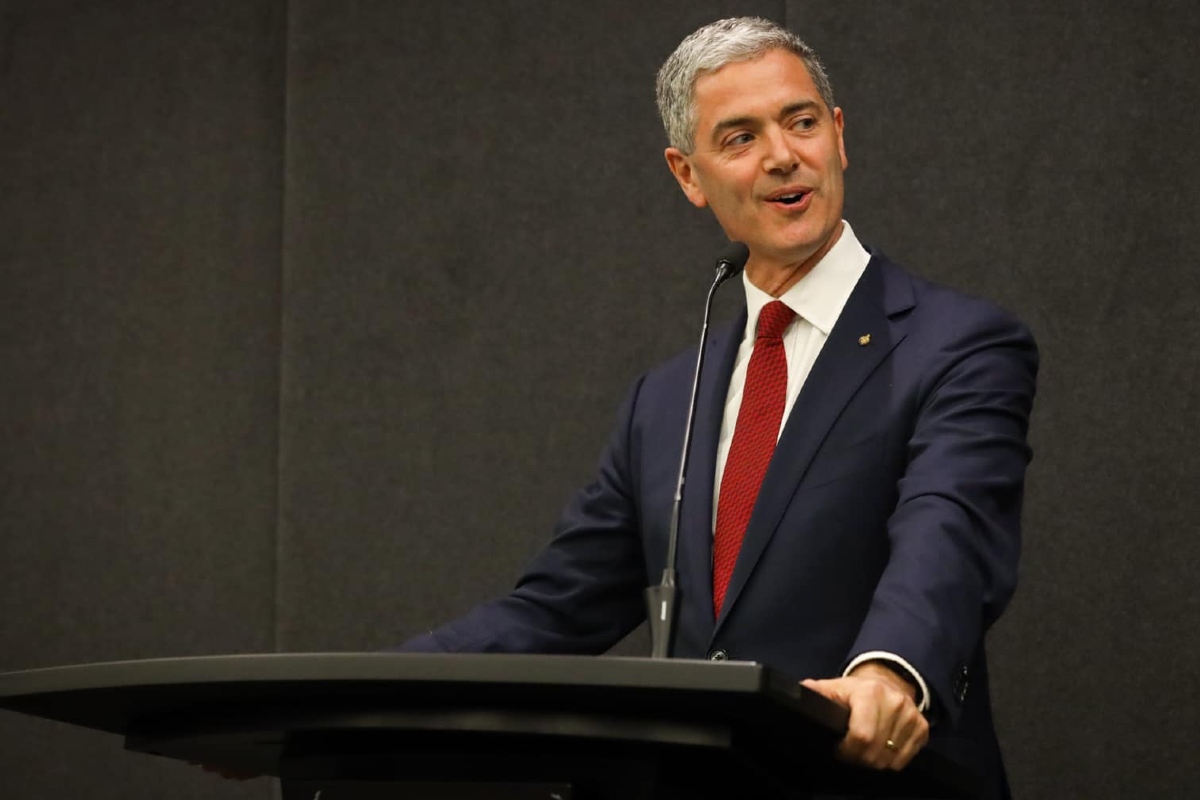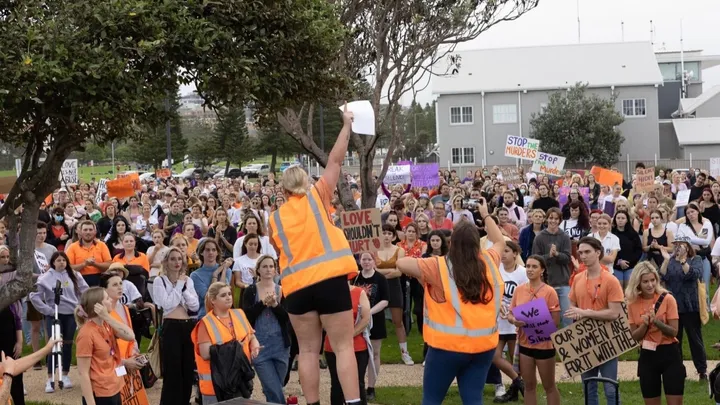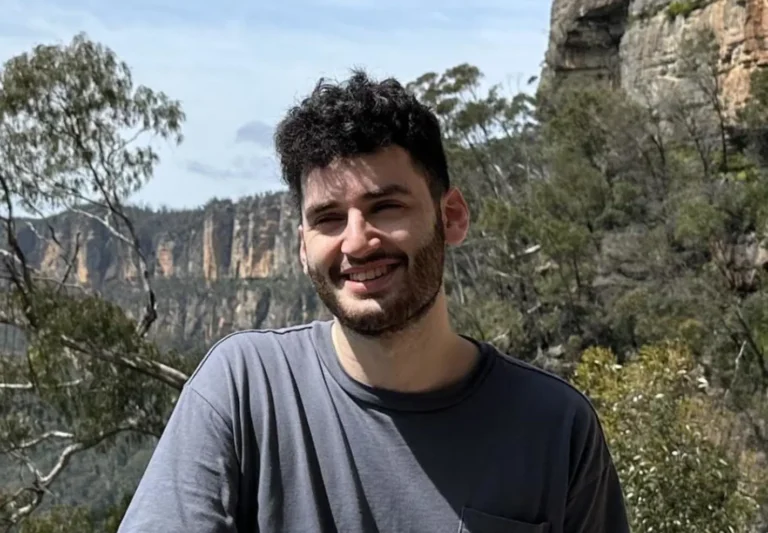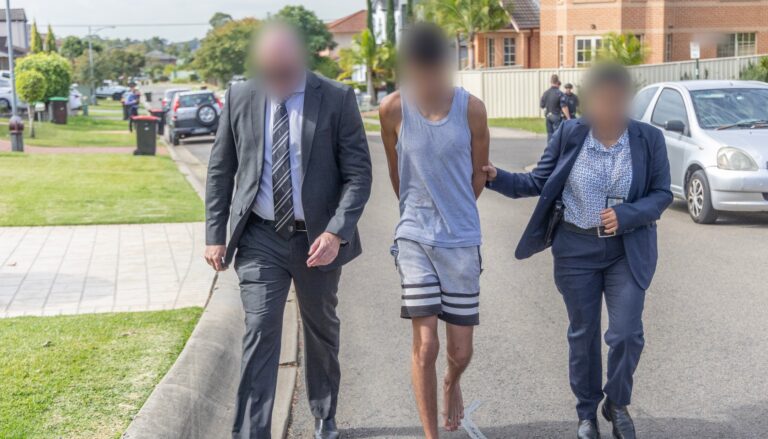
Arts for the State’s sake

Image: John Graham, Labor Shadow Minister for the Arts, speaks with City Hub on Sydney's nightlife and major projects. Photo: Facebook/John Graham.
By JOHN MOYLE
The arts portfolio is often seen as a side bar to the business of government or one that is pursued with passion and ability to change the cultural and increasingly economic environment to become one of the benchmarks by which a government is judged.
Over the years New South Wales has experienced all of the above from both sides of government, bouncing from total incompetence to periods of dazzling advances.
From his position in opposition John Graham believes that he has the qualifications to energise the portfolio, strip it of over regulation and empower the sector across NSW, if Labor win in 2023.
“If we are elected I would expect to be the Arts Minister for the Labor team and this is something I would be really excited to do,” John Graham, Labor Shadow Minister for the Arts said.
“We think that the arts could play a much bigger role in the state and the state’s profile.”
In 2016-17 the arts, screen and cultural sectors directly added $87 billion the state economy plus brought in an additional $7.7 billion in indirect revenue.
“One of the things I would like to do is to rally support for the grassroots arts and venues and rather than trying to reinvent the wheel all the time there are a lot of government agencies involved here,” Graham said.
“The best example of that is that there are seven government agencies involved in the space of regulations, this was drawn to our attention in a parliamentary enquiry, and these were making things too complicated to hold events and to have performance across the state.”

The arts portfolio is spread across a large number of sectors and involves everything from the Opera House, the Ultimo and Parramatta Power House Museums, Sydney Modern to the live music and performance sectors, film and television production, museums and right down to the gig or art show in your local bar.
In other words an enormous number of highly complex disciplines to come to grips with and to formulate policy for, and this is before the complexity of the arts in the regional areas have been taken into account.
“While Sydney is an amazing cultural city there are regional centres that have great facilities and performers and we would like to see those promoted more,” Graham said.
Arts sector struggles through pandemic
The arts sector was one on the hardest hit during the first two waves of Covid and also one of the least supported over-all, particularly at the lower levels.
During 2021 over 255,000 gigs across the state were cancelled, 60 film productions cancelled or postponed and over 80,000 jobs lost.
With the pandemic not yet over, another new variant could bring much of the state’s arts practitioners back into uncertain times, but there are also existential questions about what will many of the arts sectors look like in the future.
During the pandemic many advances in technology world wide would bring about transformative changes as big as the introduction of the internet in the 1990s, and also changed the relationship between performers and arts practitioners in fundamental ways.
How and where to take these advances and what that new landscape will look like will be one of the big questions facing arts leaders around the world, but particularly in NSW where the lack of venues is adding to the sector’s woes.
The lack of production space was recently highlighted when Australian theatrical producer Michael Cassel called for more theatres in the CBD area, citing rising cost and unavailability of land making the situation even more urgent.
“Spaces for theatre and for arts generally are all under enormous pressure, and that is not just in Sydney but also in the regional towns and places like Newcastle and the Illawarra,” Graham said.
“There is no single answer but the Sydney Fringe has been able to pioneer using spaces that are retail during the day and our into arts spaces at night.”
Potts Point theatre under threat
When this writer cited the issue of the 1,000 seat heritage listed Metro Minerva Theatre in Potts Point being under threat of a hotel conversion Graham replied,“I haven’t had the chance in the short time (2 months) that I have been in the shadow portfolio to speak to all of the groups, but this is the sort of space that would be fantastic to be kept for performances.”
Recent surveys of people going out in the CBD and the inner city have shown that the cost of the night is a big issue.
Graham has been the Shadow Minister for the Night Time Economy and Music since July 2019 and agrees that the cost of a night is also a factor that needs to be addressed if traditional areas such as the CBD and Kings Cross are to be successfully revitalised.
“The cost of going out is a huge issue and is one that most cities around the world are facing, Graham said.
“There is a lot we can learn from around the world to make a night out across Sydney and NSW a lot more fun and a lot more relaxed but also cheaper.”

The rising costs of venue insurance across NSW and the increasing complex landscape of liquor laws are adding the cost of proving entertainment.
“There are real issues with insurance and you need a black belt in liquor regulations,” Graham said.
“Labor would like to see the sector grow and we would like to make it more at the centre of the state’s story.
It is not part of the NSW story at the moment.”
The next NSW election is to be held on Saturday 25th March, 2023.
Disclaimer: John Moyle is a member of the Metro/Minerva Theatre Action Group









